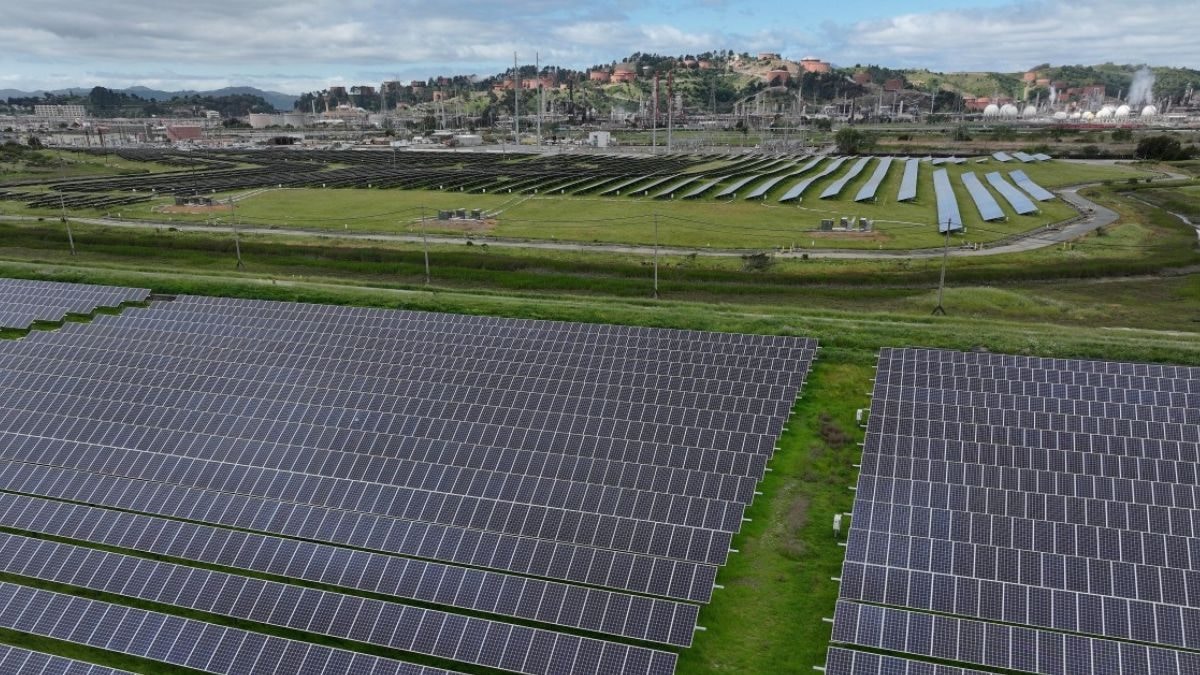What Will India's Energy Sector Get From Budget 2024? Check Top Expectations - News18
 [ad_1]
[ad_1]
Union Budget 2024: The energy sector in India has a range of expectations from the Budget 2024. These expectations stem from the need to address various challenges and opportunities in the industry, including the push for renewable energy, energy security, infrastructure development, and regulatory reforms.
Ahead of the Union Budget 2024-25, key industry leaders emphasise the need for strong governmental actions to promote cleaner energy and sustainable growth.
Suyash Gupta, Director General of the Indian Auto LPG Coalition, highlights the environmental and economic benefits of Auto LPG, urging the government to reduce GST on Auto LPG from 18% to 5%. He believes this change, alongside incentives for OEMs to produce more LPG vehicles, will encourage wider adoption, offering a practical and cost-effective alternative to traditional fuels.
Alessandro Des Dorides, CEO of Nayara Energy, stresses the importance of prioritising energy security by encouraging investments in refining and petrochemical capacities through tax incentives and streamlined clearances. He also supports continuing the ethanol blending program and incentives for green hydrogen to accelerate India’s transition to a low-carbon economy.
Arun Awasthy, President & Managing Director of Johnson Controls India, calls for detailed road maps to bridge the gap between sustainability goals and actions. He advocates for the upcoming budget to focus on enhancing energy efficiency in building infrastructure and strengthening green technology skilling and innovation initiatives.
These leaders urge the government to adopt policies fostering sustainable development, economic growth, and environmental protection.
‘Worsening Environmental Health’
Gupta added that the rapidly worsening environmental health and its significant impact on public health call for strong government actions to encourage cleaner mobility and a healthier environment.
“The 2024-25 budget should encourage OEMs to roll out LPG vehicles at affordable prices, boosting consumer demand and speeding up adoption. This strategy will not only provide more fuel and technology options for the public but also expand the government’s choices for public mobility fuel,” Gupta added.
Gupta added that by reducing the GST on Auto LPG and encouraging OEMs to roll out more LPG variants through fiscal incentives similar to those for EVs, we can make this cleaner fuel more accessible to the masses, encouraging its adoption and supporting the transition to a more sustainable energy future.
Currently, Auto LPG is subjected to a high GST rate of 18%, whereas the adoption of EVs is heavily subsidised.
“This disparity creates a barrier for consumers and businesses considering the switch to Auto LPG. Reducing the GST to 5% would make Auto LPG more competitively priced, fostering greater adoption and supporting the auto industry’s shift towards greener technologies,” Gupta highlighted.
“We urge the Finance Ministry to consider our appeal for a GST reduction on the fuel, kits and OE LPG vehicles, which will significantly contribute to our shared vision of a cleaner and greener India.”
Energy Security Of India
Dorides from Nayara Energy, anticipate a budget that prioritises the energy security of the nation.
India, being the fastest growing economy in the world, has a high energy demand, and there is a need to encourage investments in expanding refining and petrochemical capacities, Dorides added.
“Offering tax incentives, supporting faster clearances, facilitating land acquisition, etc. will encourage both domestic and foreign investments. Investment schemes for the petrochemical industry will enhance the country’s self-sufficiency and promote substantial investment which will generate huge employment and aid the creation of surrounding infrastructure facilities,” Dorides underlined.
Blending of Ethanol
Dorides also noted that the Government has set a target of 20% blending of ethanol in petrol/gasoline by 2025 and the early success of the program has well-positioned India on a sustainable growth path.
“This should be continued to further accelerate India’s transition towards a low-carbon economy the government could consider incentivising users to replace grey hydrogen with green hydrogen, providing incentives for corporates to fund R&D by premier or dedicated Indian research institutes for developing transformative technologies, developing centralised or shared renewable energy storage systems, amongst other initiatives,” Dorides added.
New Green Deal
Arun Awasthy from Johnson Controls India pointed out that in the interim budget, the government outlined the New Green Deal, demonstrating its commitment to achieving green growth and sustainable development.
The provisions under this though predominantly focused on aspects of renewable energy and clean fuels, we are optimistic that the upcoming Union Budget, building on this, will drive focus towards strengthening the energy efficiency of India’s building infrastructure (built environment), considering its potential to bring down the national carbon emissions disproportionately,” Awasthy hoped.
Green Tech
Awasthy also urged that provisions to bolster the skilling and innovation initiatives about green technology will be key in bridging the existing gaps.
Comments
Post a Comment